Comprehensive Guide to Philippine Visual and Performing Arts
1/136
There's no tags or description
Looks like no tags are added yet.
Name | Mastery | Learn | Test | Matching | Spaced |
|---|
No study sessions yet.
137 Terms
Painting
A two-dimensional image or artwork created using pigments or color on a ground such as canvas, cardboard, paper or wood.
Easel Painting
The most common form of painting, involving applying color to a board or canvas that is fixed on an upright support called an easel.
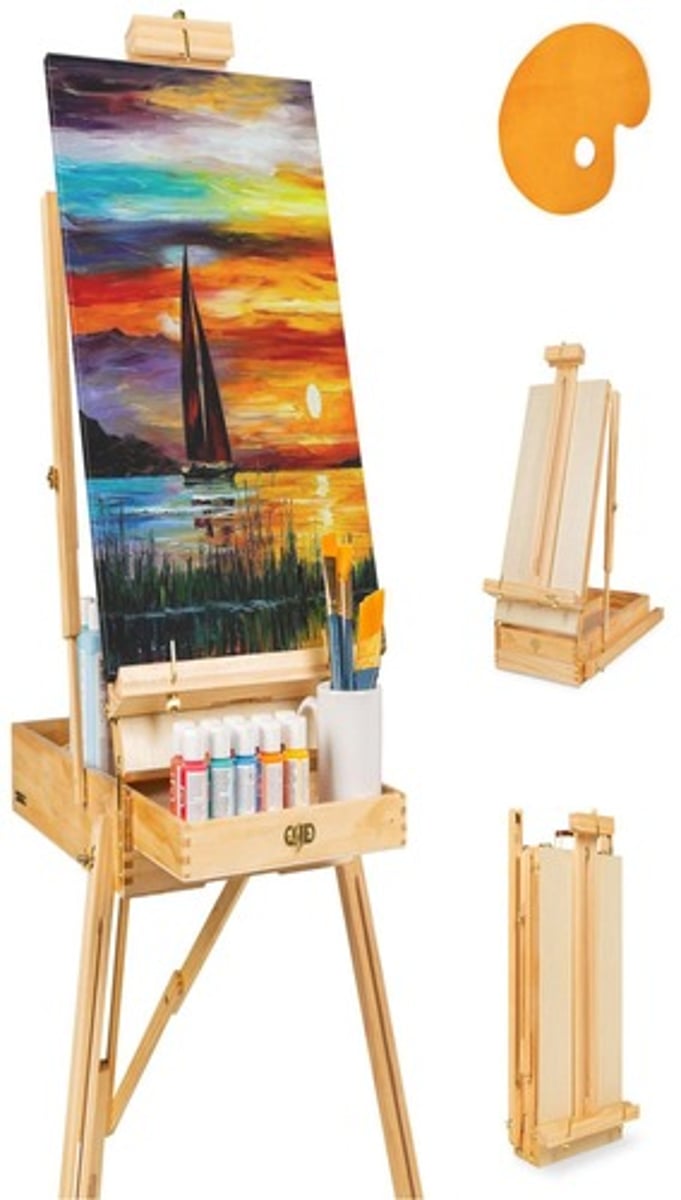
Mural Painting
A huge-sized painting usually created on a wall that aims to convey a message to the public.
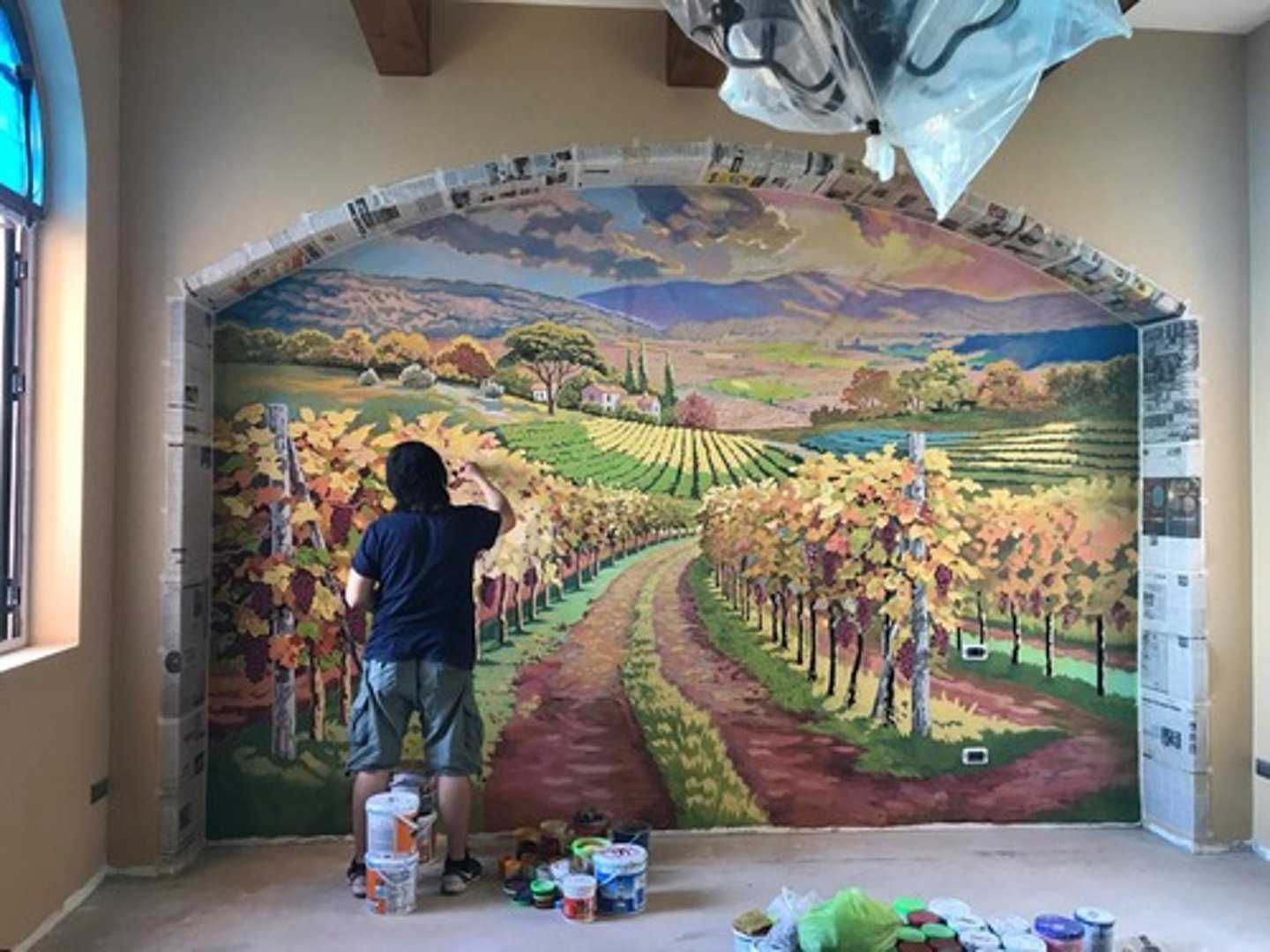
Telon Painting
An artwork synonymous to a backdrop or background for a stage usually used in popular forms of theater arts.
Jeepney Painting
An artwork created on the famous transportation of the country, featuring geometric shapes and colorful logos.
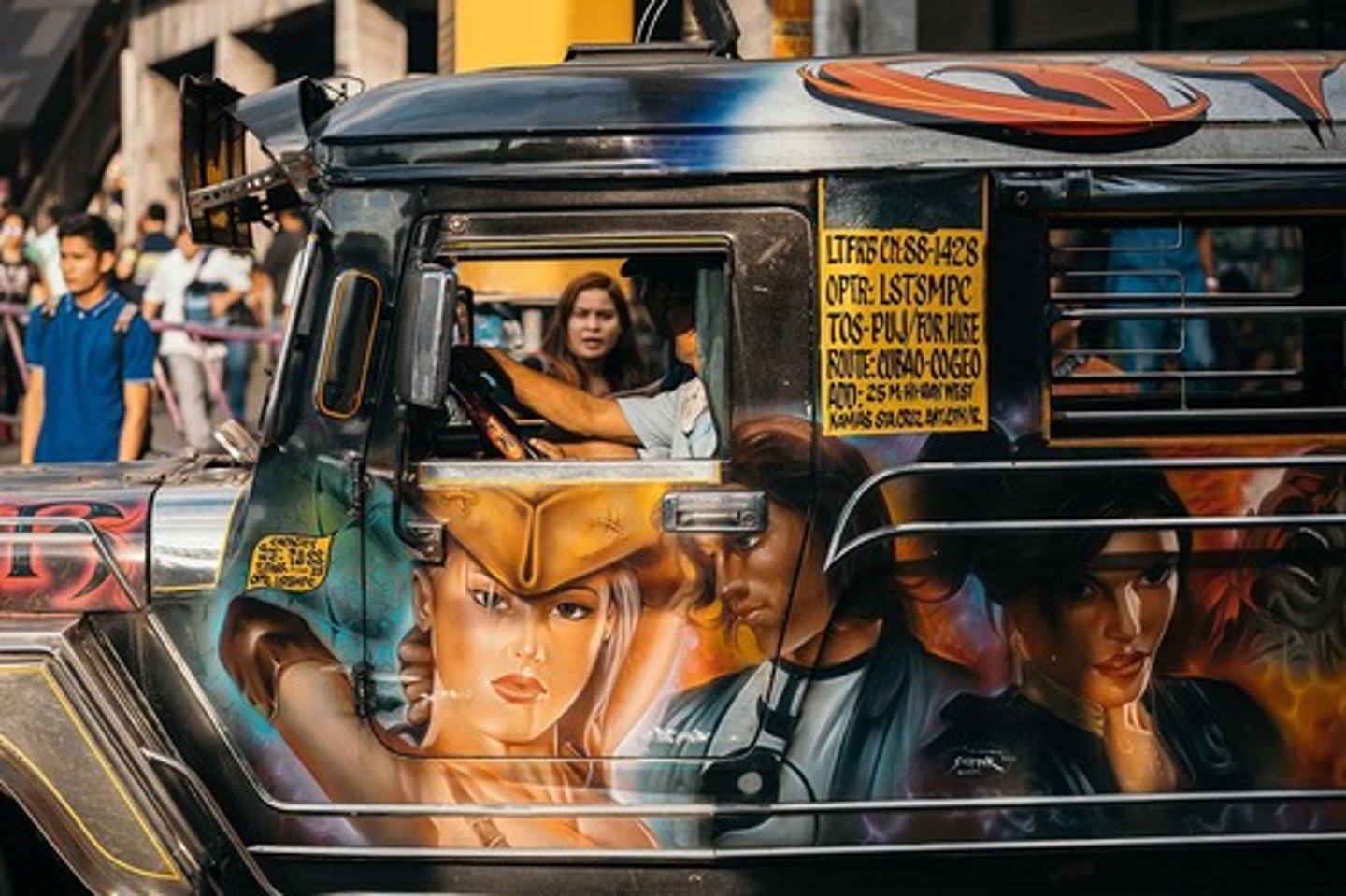
Collage Painting
Involves the combination of different images to form a single artwork.
Oil Paint
A thick, shiny paint made by mixing pigment with oil, which takes several days to dry.
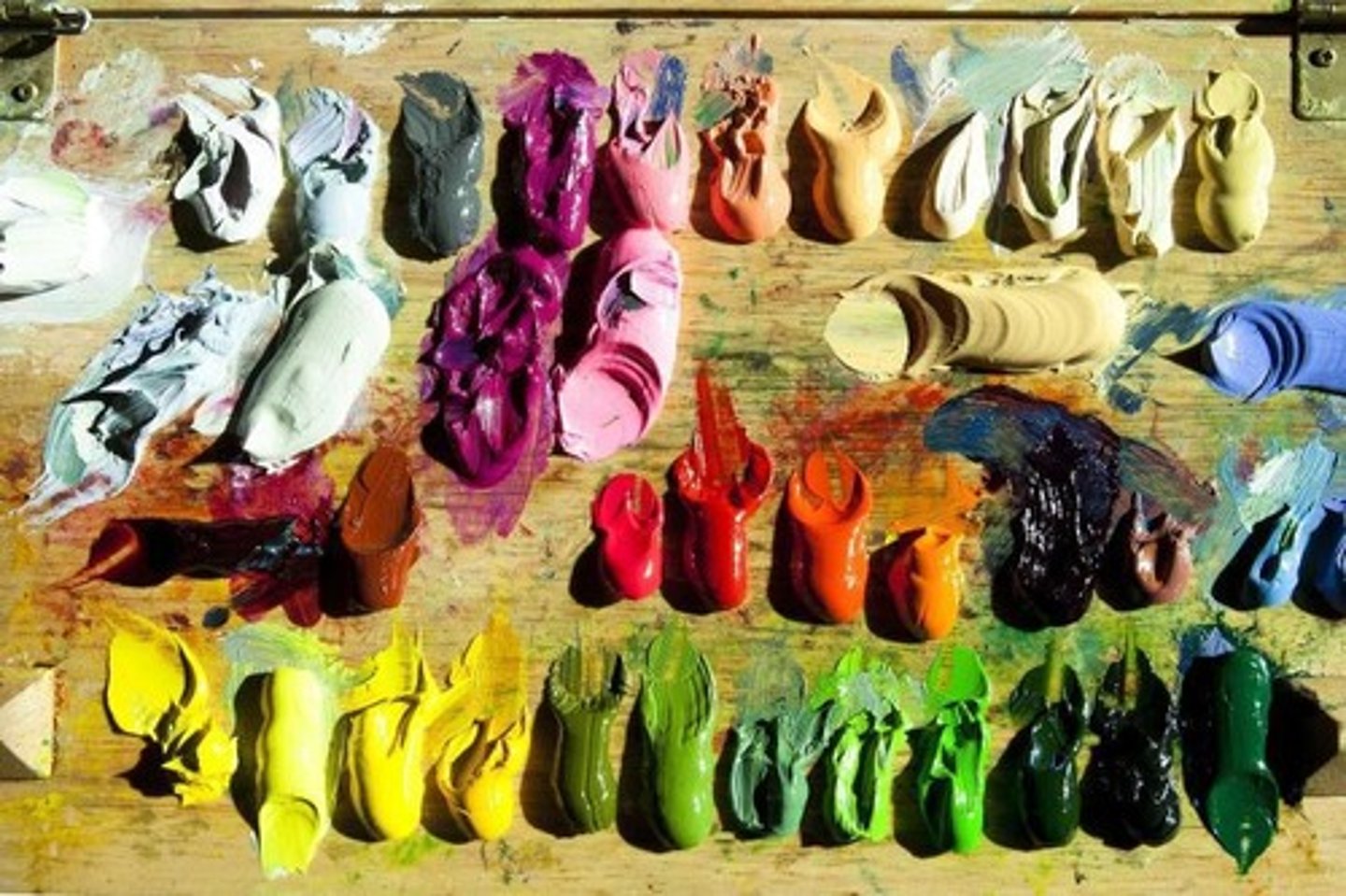
Acrylic Paint
A thick shiny paint made by mixing pigment with water and an acrylic base, drying within a few hours.
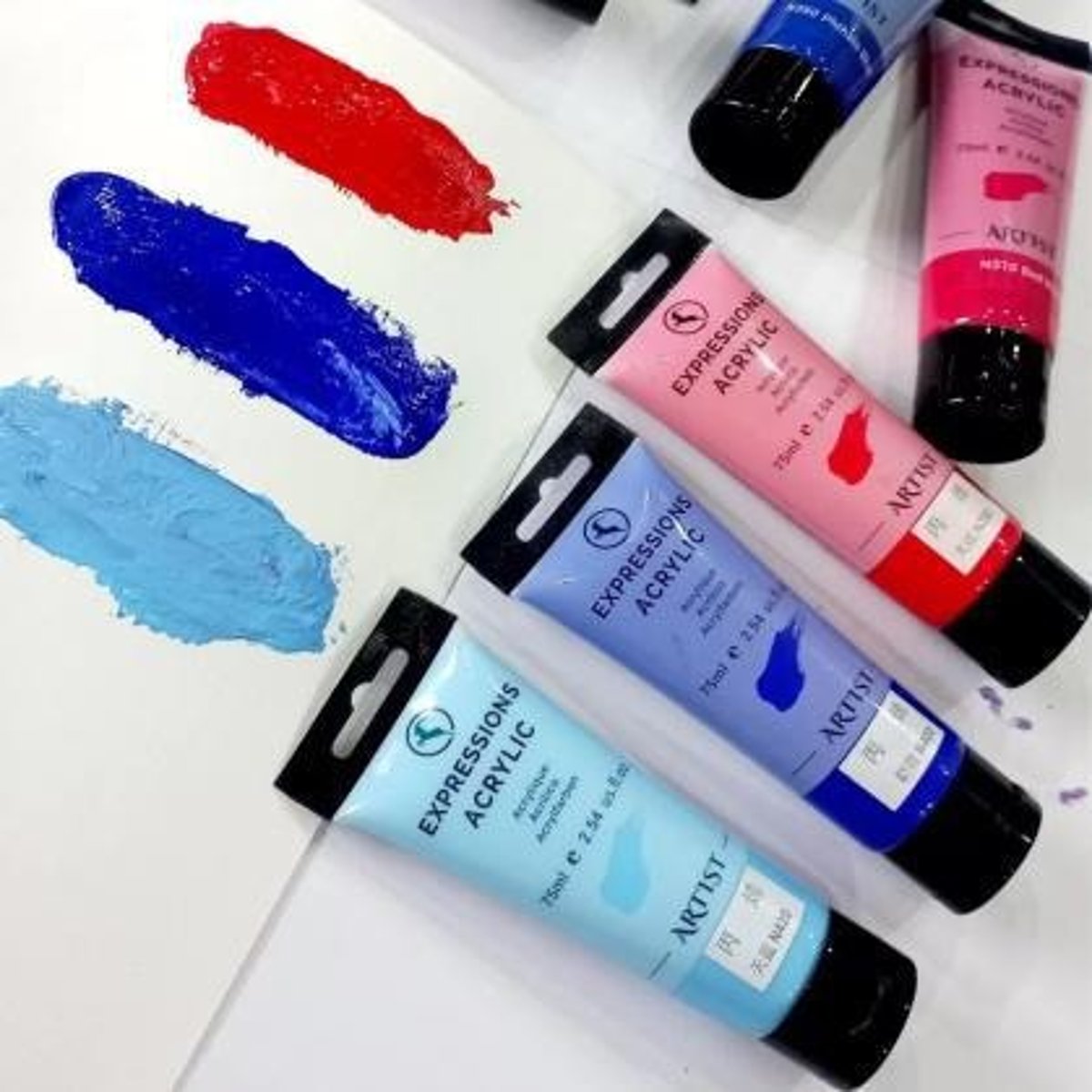
Poster Paint
A solid water-based paint that dries to a matte finish.
Fresco
A technique involving painting with dry pigment on wet plaster.
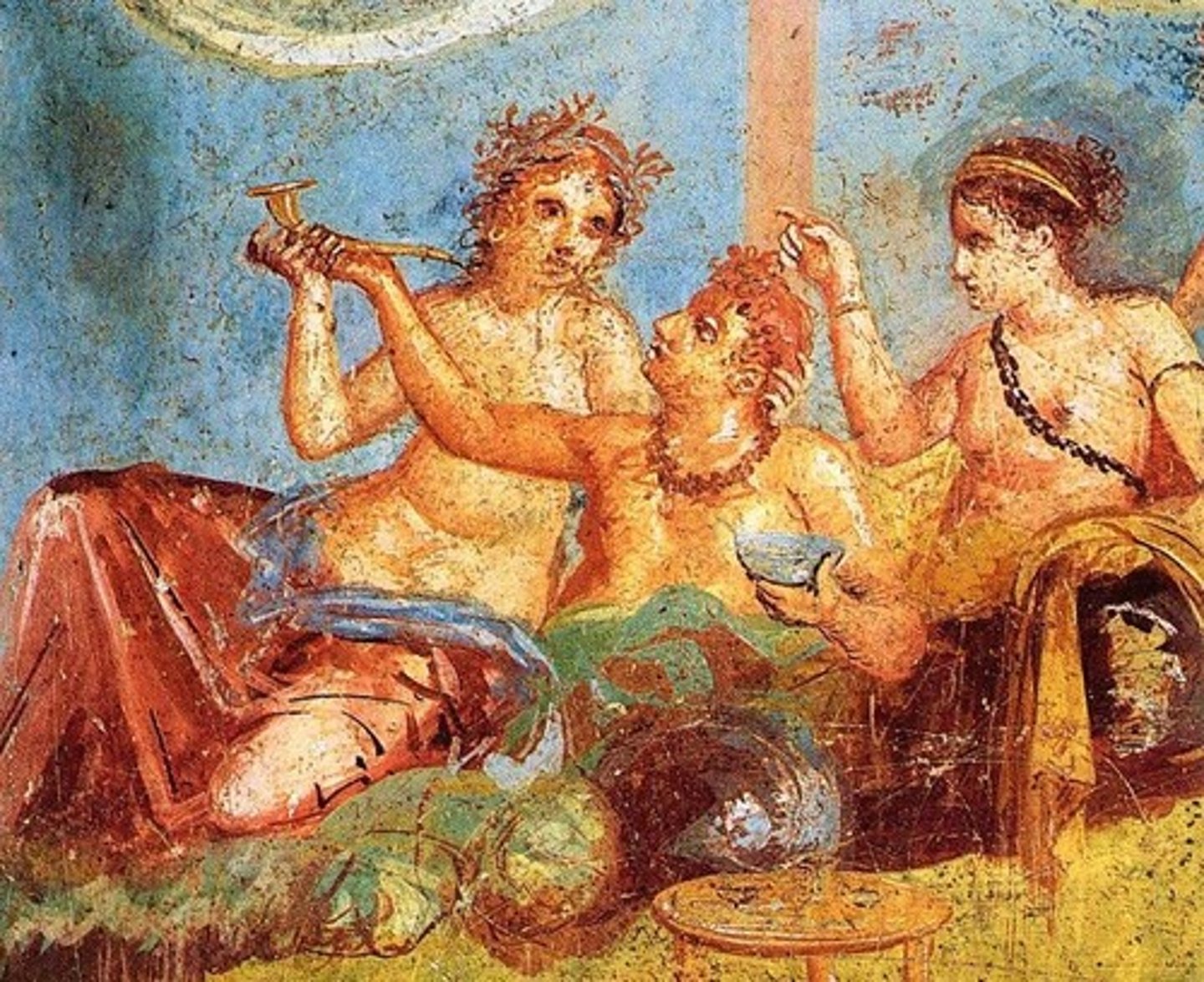
Tempera
A water-based paint that may or may not be mixed with egg yolks.
Watercolor
A soft and transparent paint made from pigment, water, and gum Arabic.

Sculpture
The creation of three-dimensional figures, forms, or designs from a single block mass of materials.
Subtractive Sculpture
A method where unwanted materials are cut away to form a figure.
Additive Sculpture
A method involving the putting together of materials to form a figure.
Relief Sculpture
A kind of sculpture that does not have a flat horizontal base and is usually attached to a surface.
Kinetic Sculpture
Sculptures that are suspended in air and may move with the wind.
Free-Standing Sculpture
A kind of sculpture that can independently stand in space and can be seen from all sides.
Literature
Composed of written works that hold lasting importance in the culture of a particular people.
Prose
A type of literature that expresses one's emotions or ideas using figurative or symbolic language.
Poetry
A type of literature usually written in a group of lines or stanzas.
Elements of Poetry
The components that make up a poem, including structure, form, and figurative language.
Meaning
The use of allusion, connotations, idioms, or any new words in portraying the poet's feelings or ideas.
Figurative language
The use of simile, metaphor, and other figures of speech in conveying a message without directly stating the literal meaning.
Imagery
The use of descriptions and details on objects, actions, and ideas that appeal to the readers' physical senses in order to give them a clearer picture of the scene as if it was real.
Sound and Rhythm
The use of emphasis on words is sound while the position of beats or the sound pattern of the work is rhythm.
Theme or content
General idea or central thought of the composition.
Language and Style
Writer's choice of words that affect the mood of the story.
Form and structure
Sequence of topic and transitions that make up the whole essay.
Plot or story line
Sequence of events in the story that gives the flow of the narrative.
Characters
Can be a person, an animal or even thing who takes part in the story.
Setting
Time and place where the story took place.
Point of View
Method and perspective that the writer uses in story in order for the readers to see how the story unfolds.
Epic
Relates adventures of a super hero with powers and serves as a code of values of a particular ethnic group.
Folk song
A song that is conveyed orally from one generation to another and known as awiting bayan in Tagalog.
Proverbs
Composed of straight-to-the-point statements that teach morality and tradition and usually expressed as rhyming pair of lines that depict two different elements.
Riddle
A statement or question that offers a puzzle to be solved, which suggests a challenging entertainment for the reader to figure out the answer.
Short poem
Usually has four lines, with 5-12 syllables per line.
Poetic Joust
A type of oral poetry competition held in the 17th century, also known as Balagtasan, that stimulates the creativity and verbal agility of novice poets.
Metrical romance
A prose poem that does not have rhymes, dealing with themes such as adventure and epic journeys, chivalry, folklores, interpersonal relationships, knights and fair maidens, legends, religion, and rites of passage.
Pasyon
An epic narrative of the Filipinos about the life of Jesus Christ, written in a stanza with 5 lines, with 8 syllables per line.
Folk narrative
Any story that depicts the people's tradition, feelings, beliefs, and judgments, handed down through words of mouth of the past.
Myth
A legendary or traditional story that involves historical events and supernatural beings, with or without factual explanations.
Legend
A story or narrative about the historical lives of great men and women, lying between a myth and a historical fact.
Essay
Explains the insights or information using description, narration, and humor.
Novel
A lengthy and complex narrative of events based on the author's imagination.
Short story
A concise secular narrative with romantic, realistic and radical tradition.
Komiks
A special form of contemporary literature which involves drawing frames showing a set of characters with their actions and usually contains speech bubbles for their dialogues.
Music
An arrangement of sounds, combining vocal or instrumental sounds, to create a continuous and unified composition for emotional expression.
Melody
The overarching tune created by playing a succession or series of pitches.
Rhythm
The pattern or placement of sounds in time and beats in music.
Tempo
Describes how fast or slow the music is.
Meter
Refers to the unit of time that is made up of beats or pulses.
Rhythmic pattern
The combination of notes and rest.
Harmony
A combination of different tones or pitches played using the instruments that support the melody.
Texture
The layer of the sound that describes how sparse or dense the music is, relating to melodic and harmonic lines.
Dynamics
The degree of softness and loudness of music.
Timbre
The unique sound quality of an instrument or sound generated by the voice.
Form
The order or arrangement of the parts of the music.
Tonality
The overall sound of the music whether it is pleasant or unpleasant.
Ballad
A narrative folksong that tells all kinds of stories about events happening in a community.
Chant
A song with an unaccompanied melody and variable rhythm.
Song Debate
Sung by male and female singers who try to beat each other about a certain topic.
Art Song
A vocal music composition characterized by one voice with piano accompaniment.
Habanera/Danza
A social dance in duple time.
Liturgical Music
Vocal and instrumental compositions that are used in official rites of the Christian churches.
Kumintang
A love dance accompanied by a guitar and a string bass, characterized by graceful hand and wrist movements popularly known as 'kunday'.
Classical Music
Musical traditions of the West that were founded on the refinement of Western folk music or popular music traditions.
Semi-Classical Music
A musical composition in between classical and popular music, including band and rondalla music, hymns and marches, sarswela music, and stylized folk songs.
Popular Music
Original music composed by Filipinos, which utilizes Western and local musical flavors.
Dance
An art that involves a series of rhythmic human movements that are deliberately selected to match the speed and rhythm of a piece of music.
Body
Involves the dancer's body awareness in the execution of dance movements.
Action
Refers to how the person relates to the stage and to the production elements as in what movements the dancer does.
Space
Focuses on the area where the dance is performed.
Time
Refers to the duration, speed, tempo, rhythmic pattern and timing relationship.
Energy
Describes how energy is directed through the body, and how the body releases it.
Folk Dance
A dance developed by people to reflect the life of a certain region or country.
Ballet
A theatrical dance performed on stage with the use of costumes, music, scenic design, and lighting.
Modern Dance
A dance form that emerged during the 20th century that makes use of dance styles such as folk, ethnic, religious, and social dancing, and sometimes theatrical in nature like ballet.
Aerobic dance
A dance intended to increase one's consumption of oxygen over a period of time, danced to the tune of popular music.
Bodabil dancing
An indigenized version of Vaudeville introduced to the Philippines in the 1910s during the American period.
Jazz dance
A dance that uses African dance techniques like the isolation of individual human body parts, rhythm, and polycentrism.
Tap dance
A dance which involves tapping with toes and heels to generate rhythmic patterns.
Theater
An art form that involves live performers, usually actors or actresses, to present the experience of a real or imagined event in front of an audience, usually on a stage.
Actors
The persons on stage who portray specific characters for the audience.
Scenery or scenography
Mostly integrated into the stage, which includes the set of objects and scenery used to represent the space in which the acts take place.
Audience
The witnesses of the performance, whose cultural, social and psychological characteristics influence the conception of a play.
Script
The text that describes what happens in the play in the form of dialogues.
Lighting
Helps mark the moments of transition from one scene to another and can give meaning to the play.
Make-up
Primarily beautifies the characters and can produce effects on the actors' faces to convey different expressions.
Wardrobe
The costume that the actors wear to express the character being portrayed.
Sound
Composed of the music and complementary sound effects that accompany the story, enhancing audience understanding.
Voice Over
A series of statements narrated by someone who is not in view of the audience, providing information related to the plot.
Director
The person who supervises the actors and directs the entire production, coordinating the elements of the theater.
Dulang Pahiyang
A theater that is not viewed as a separate activity, but as a part of life.
Rituals
Characterized as a way to communicate with the Gods or spirits, involving a shaman, usually a babaylan or an albularyo.
Duplo
A poetic joust in speaking and reasoning, from which Balagtasan was derived.
Bayok
A Maranao mimetic joust, whose theme is reliant on the occasion when the joust is performed.
Balitaw
A poetic debate between a man and a woman.
Dulambayan
The People's Theater, considered as the theater in the context of social movements.